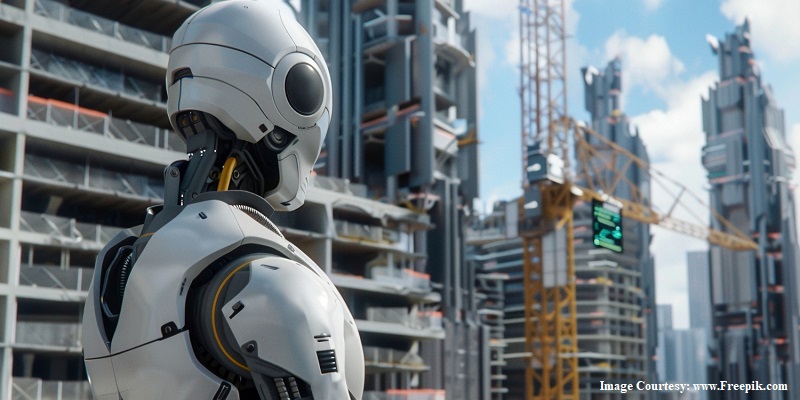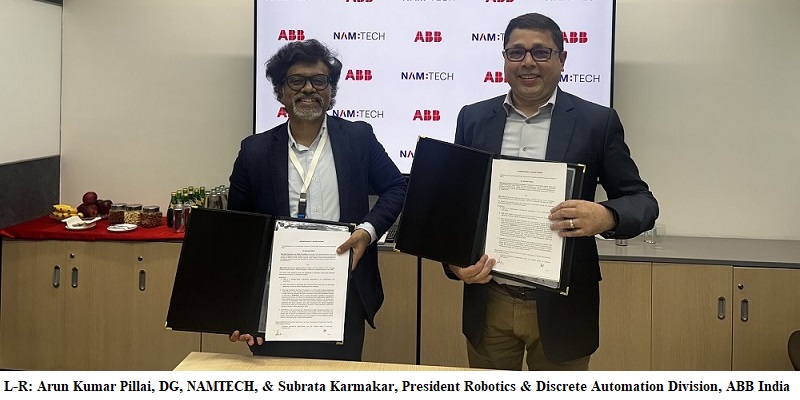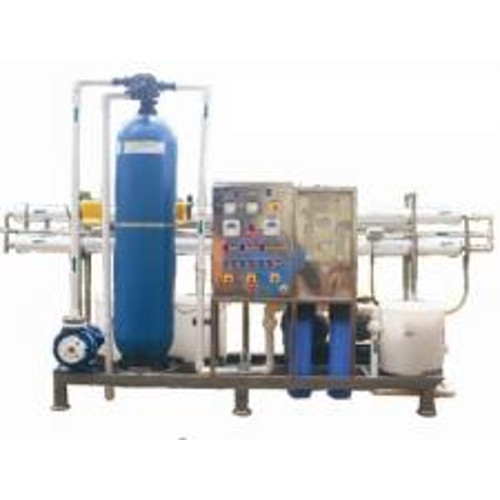Schedule a Call Back
Five ways advanced robots are solving construction industry challenges
 Articles
Articles- Oct 03,24

- Slips and falls
- Electrocution
- Fires and explosions
- Demolition incidents
- Ground collapse
- Physical overexertion
- Crane and forklift injuries
- Trash disposal fees
- Fewer wasted materials
- Reduced compliance costs
- Fewer worker's compensation claims
Related Stories

ABB Robotics and NAMTECH join hands to set up School of Robotics in India
School of Robotics will open in 2025, advancing robotics education and industry integration in India. ABB Robotics will bring robotics expertise and mobilise global ecosystem of innovation partners ..
Read more
Assessing the trade-offs of making the switch to electrical actuators
The focus on the trade-offs of electrical actuators is only a topic of discussion because the transition from hydraulic systems is picking up pace. In following the trend, professionals may forget t..
Read more
Five ways advanced robots are solving construction industry challenges
From cobots to computer vision, robotics professionals and construction managers have forged a lifelong bond. Advanced construction robotics are the single best contributor to industrial progress in..
Read moreRelated Products

Automation Studio Copilot
B&R Industrial Automation offers a wide range of automation studio copilot.

Industrial Desalination System
Shakunth Aqua Products offers a wide range of industrial desalination system. Read more

Industrial Castors & Wheels
H M Gulamali offers a wide range of castors and wheels manufactured by Blickle, Germany. Read more












